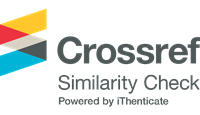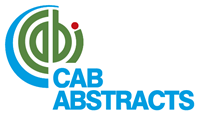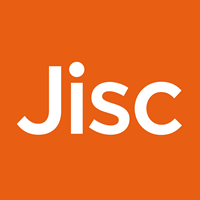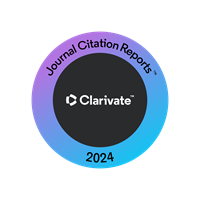<b>Assessment of modeling approaches for estimates of reference evapotranspiration for the region of Palotina, Paraná State, Brazil</b> - DOI: 10.4025/actasciagron.v30i5.5959
Keywords:
irrigation, water consumption, reference crop
Abstract
The aim of this study was to compare the efficiency of three estimate methods for reference evapotranspiration in comparison with the FAO Penman-Monteith equation. Meteorological data used in this study were collected from the IAPAR meteorological station, located in Palotina, Paraná State, Brazil. In order to estimate the reference evapotranspiration, data available from 1994 to 2003 were used. The performance of the Thornthwaite, Camargo and Hargreaves-Samani methods were compared to the FAO Penman-Monteith equation. The average of daily reference evapotranspiration ranged from 2.58 to 3.62 mm day-1. The results indicated that the evaluated methods showed good adjustment when compared to the FAO Penman-Monteith method, according to the daily scale. The correlation coefficient (r) ranged from 0.85 to 0.86. The coefficient of accuracy or agreement (d) presented values that ranged from 0.82 to 0.85. In comparison to the FAO Penman-Monteith method, the Hargreaves-Samani, Thornthwaite and Camargo methods demonstrated good performance, when evaluated by the index (c).Downloads
Download data is not yet available.
Published
2008-12-10
How to Cite
Syperreck, V. L. G., Klosowski, E. S., Greco, M., & Furlanetto, C. (2008). <b>Assessment of modeling approaches for estimates of reference evapotranspiration for the region of Palotina, Paraná State, Brazil</b> - DOI: 10.4025/actasciagron.v30i5.5959. Acta Scientiarum. Agronomy, 30(5), 603-609. https://doi.org/10.4025/actasciagron.v30i5.5959
Section
Agricultural Engineering
DECLARATION OF ORIGINALITY AND COPYRIGHTS
I Declare that current article is original and has not been submitted for publication, in part or in whole, to any other national or international journal.
The copyrights belong exclusively to the authors. Published content is licensed under Creative Commons Attribution 4.0 (CC BY 4.0) guidelines, which allows sharing (copy and distribution of the material in any medium or format) and adaptation (remix, transform, and build upon the material) for any purpose, even commercially, under the terms of attribution.
2.0
2019CiteScore
60th percentile
Powered by 

2.0
2019CiteScore
60th percentile
Powered by 



















































